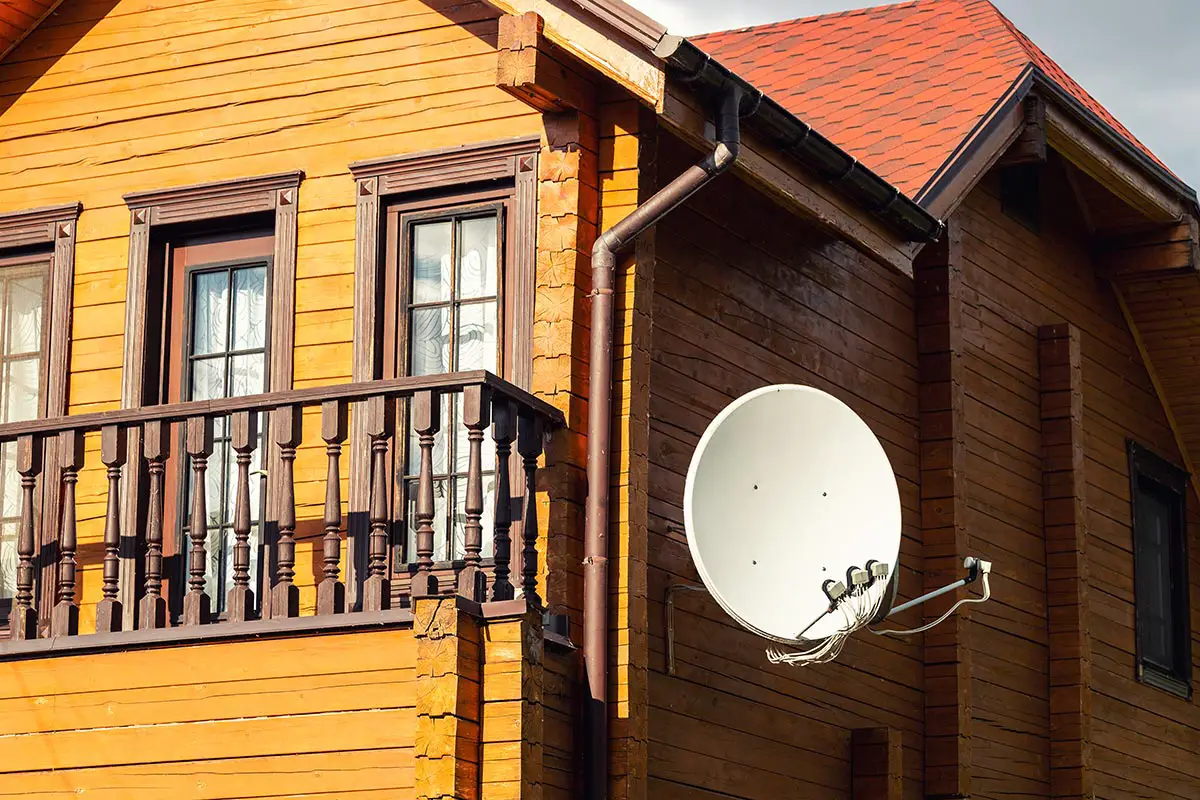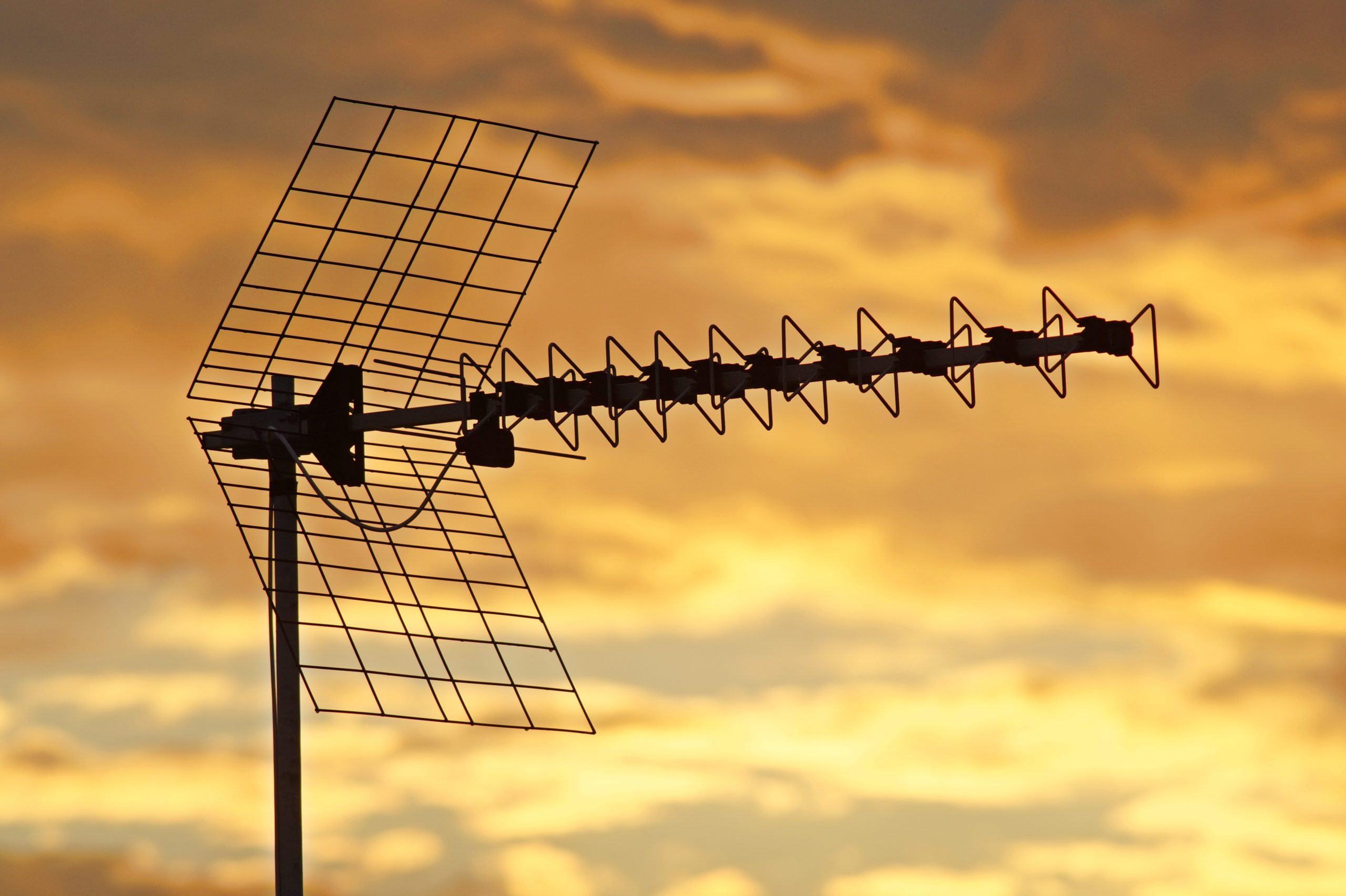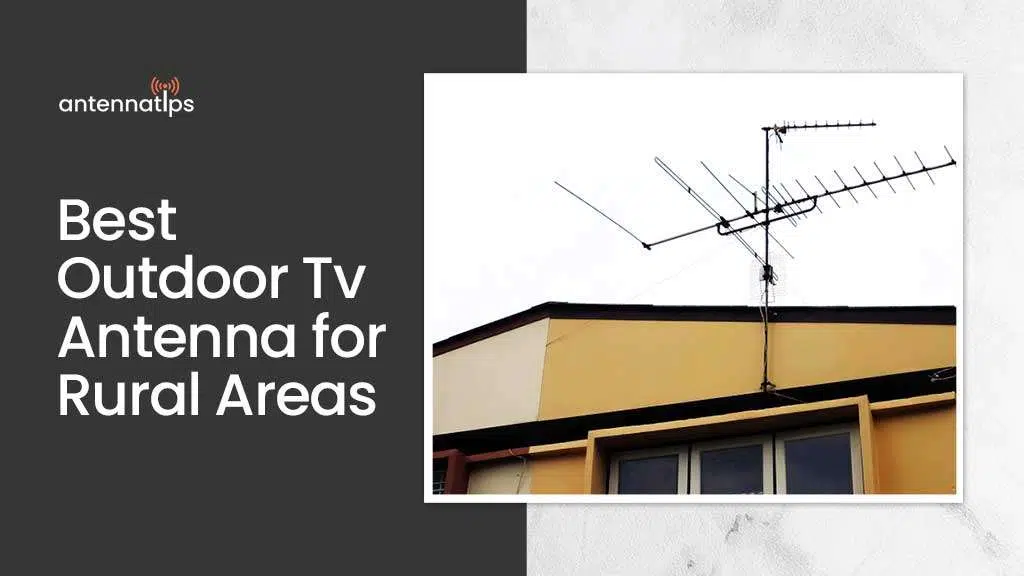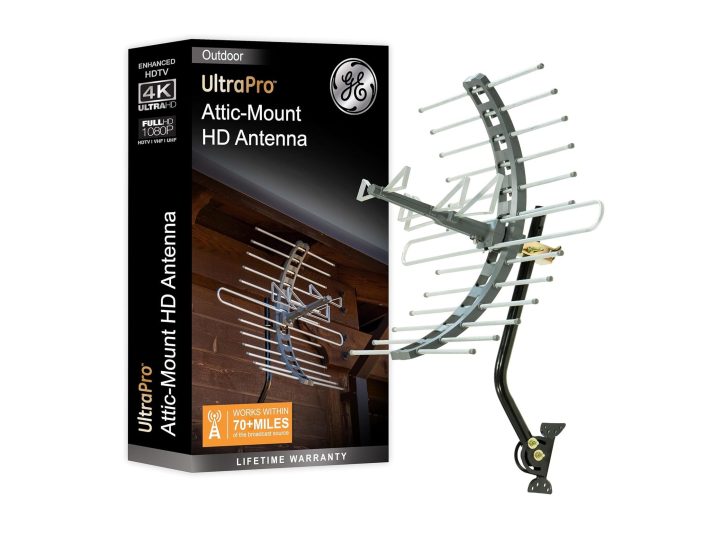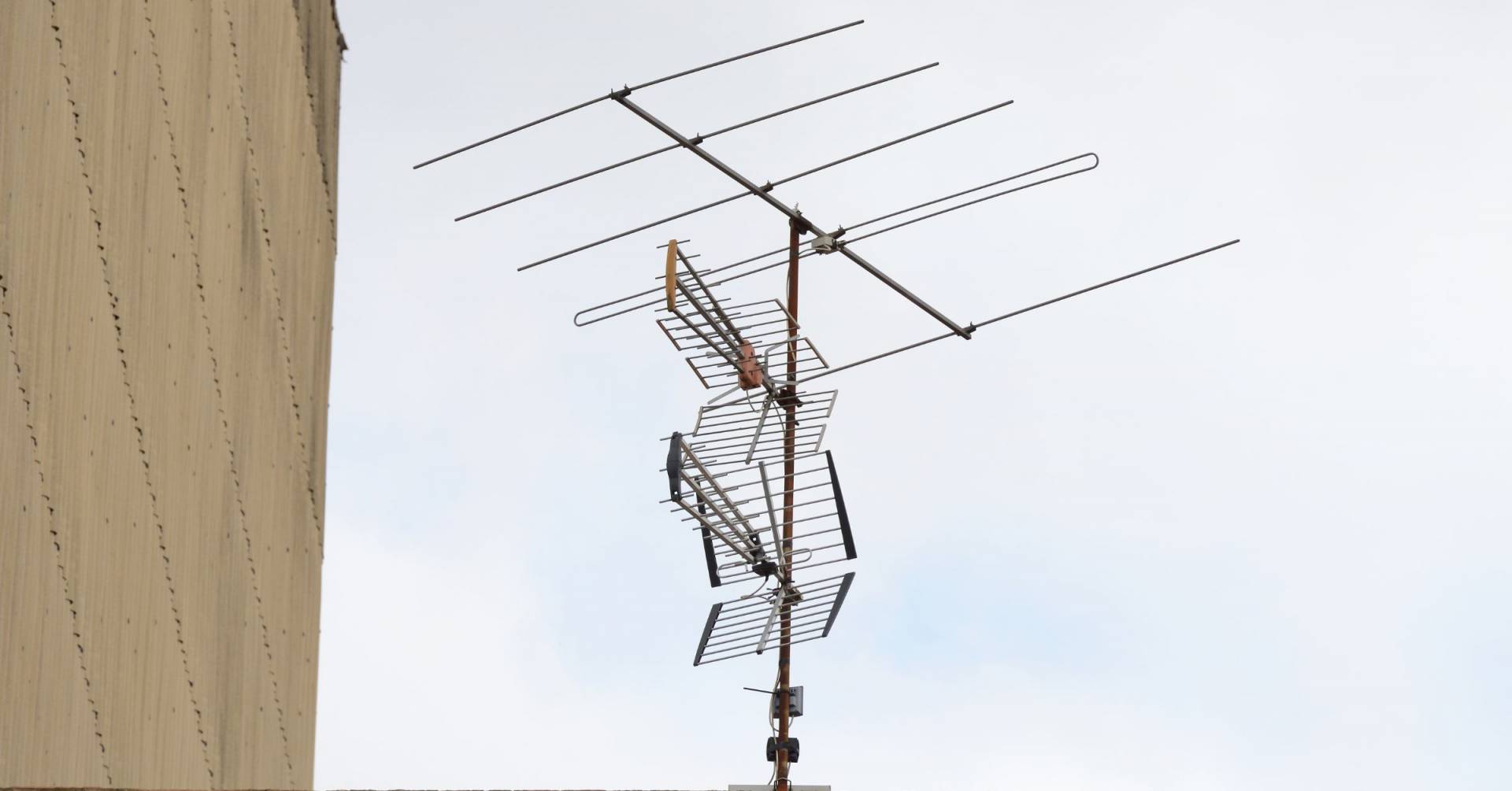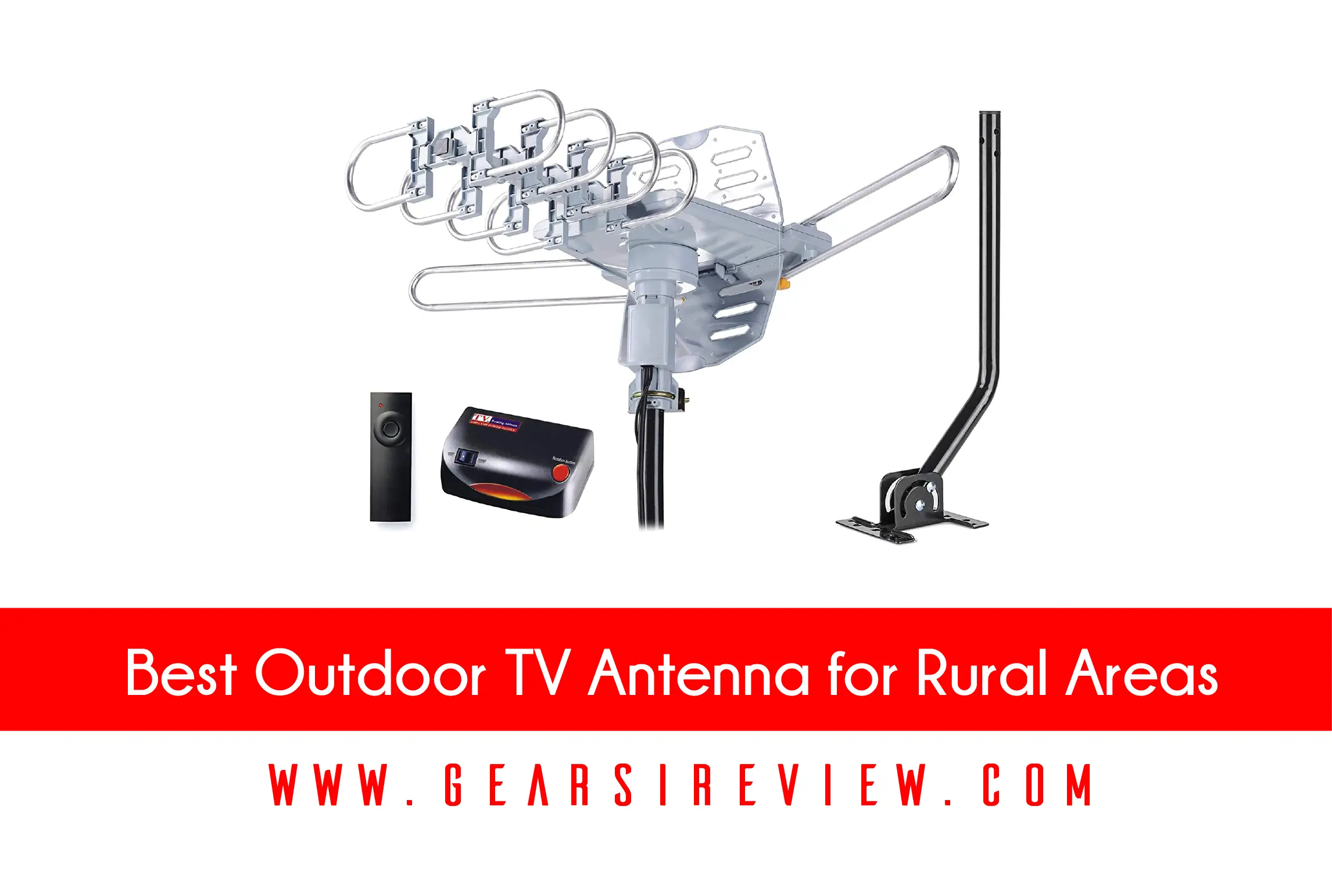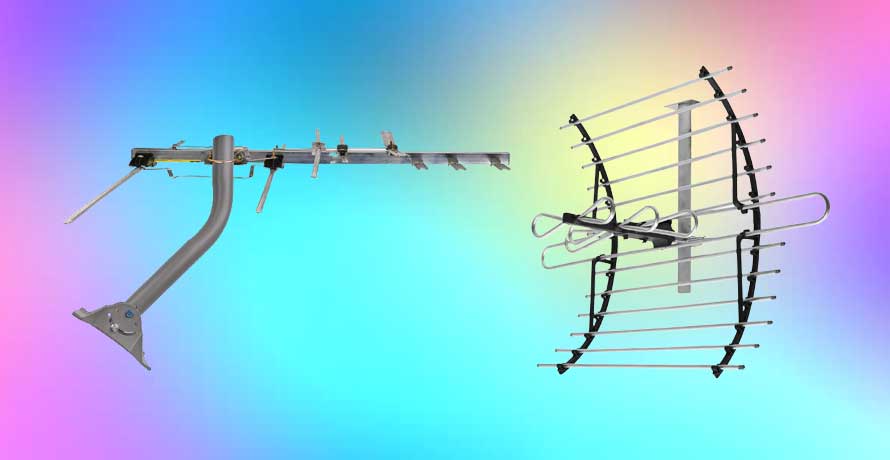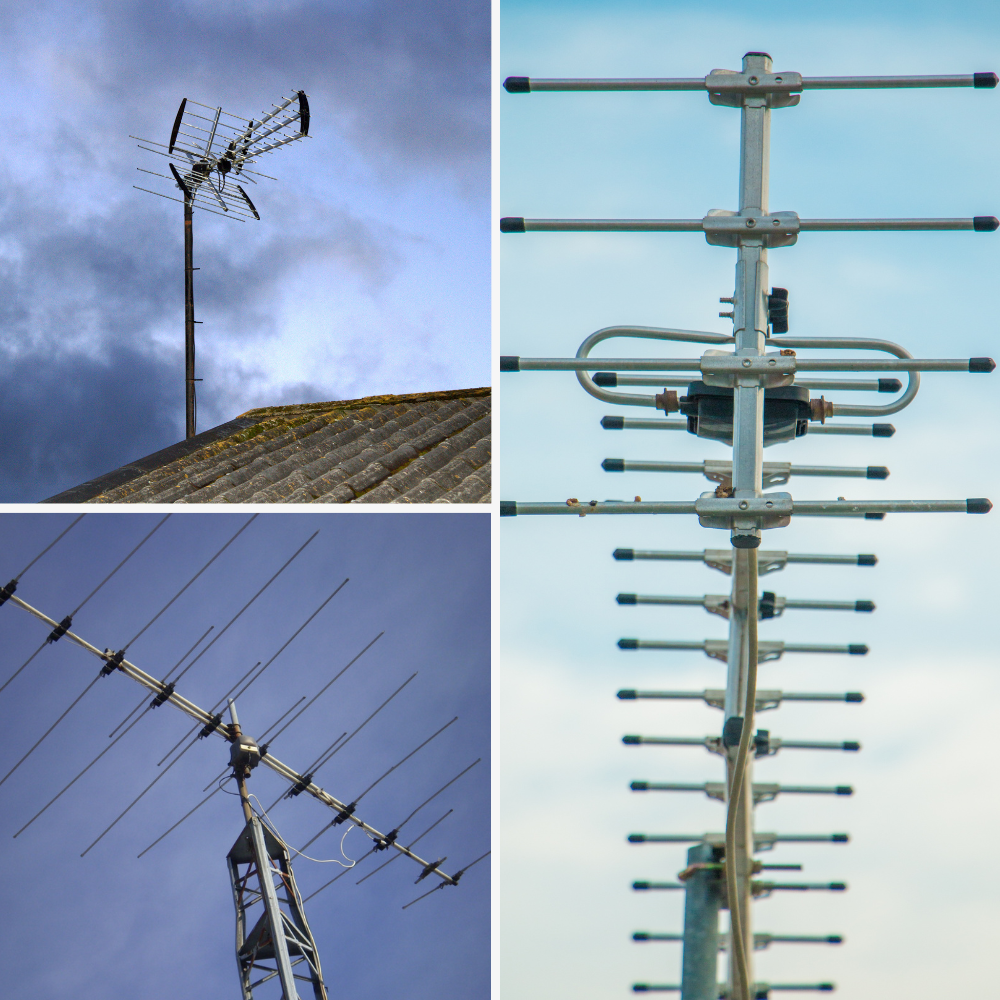Best Tv Antennas For Rural Areas
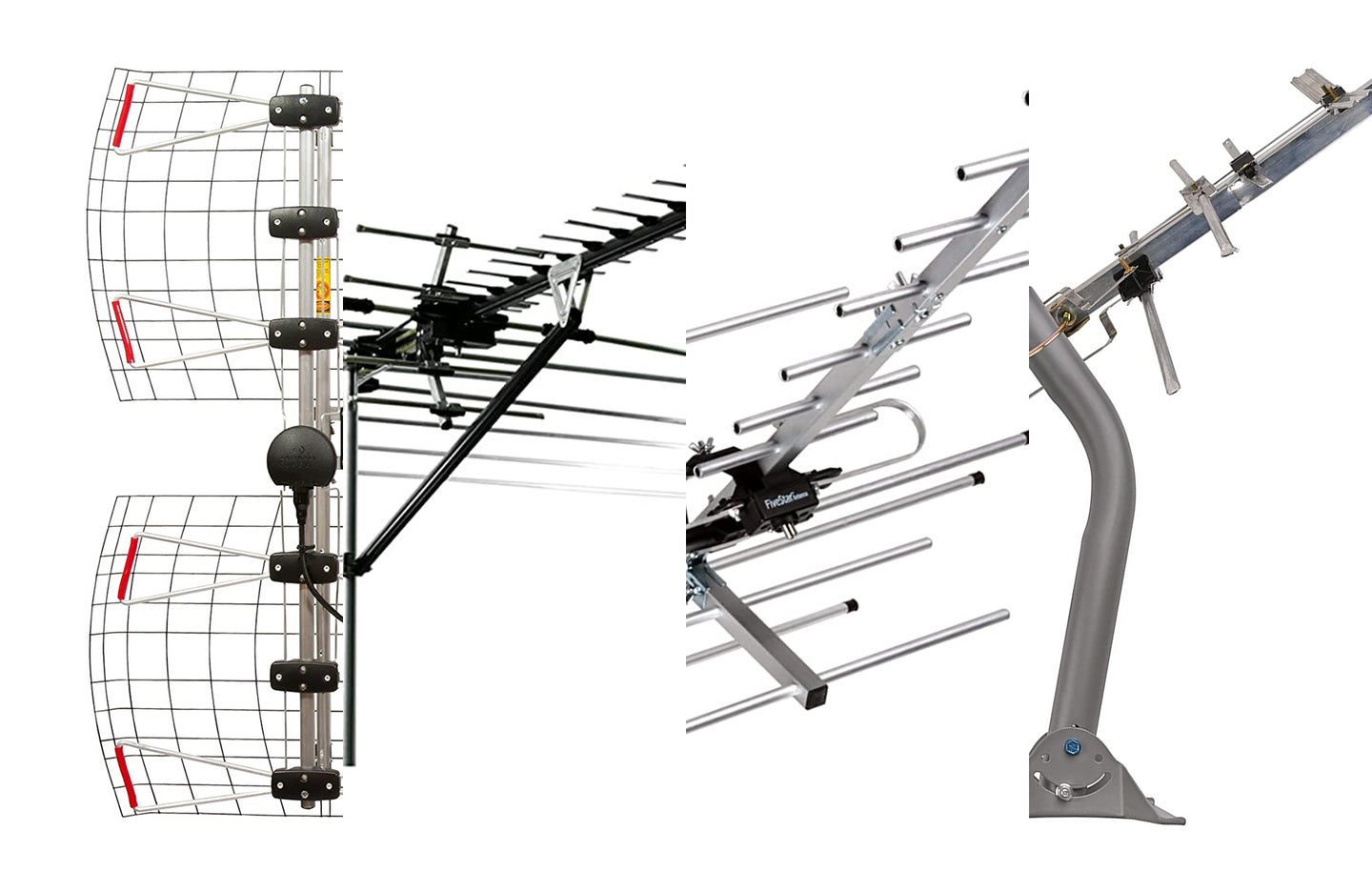
For many Americans living outside major metropolitan areas, streaming services aren't always a reliable entertainment option. Spotty internet connectivity can make watching favorite shows a frustrating experience. But there's a readily available, often overlooked alternative: Over-the-Air (OTA) television via a digital antenna.
This article explores the best TV antennas for rural areas, highlighting the key features to look for, the factors affecting reception, and how to maximize your chances of receiving free, high-definition broadcasts.
Understanding the Challenges of Rural TV Reception
Rural areas present unique challenges for OTA TV reception. Distance from broadcast towers is the primary hurdle, with signals weakening significantly as they travel further. Topography also plays a critical role; hills, valleys, and dense forests can obstruct signals, creating dead zones.
Atmospheric conditions, like weather patterns, can further impact signal strength. The type of antenna used, its placement, and the presence of any interference all contribute to the overall reception quality.
Key Features to Consider in a Rural TV Antenna
Choosing the right antenna for rural areas requires careful consideration. An antenna’s range, measured in miles, is a crucial factor. For many rural locations, an antenna with a range of 70 miles or more is recommended to capture signals from distant broadcast towers.
Antennas are categorized as either directional or omnidirectional. Directional antennas, also known as Yagi-Uda antennas, focus on receiving signals from a specific direction, offering better gain and range. Omnidirectional antennas receive signals from all directions, making them easier to install but potentially less effective in weak signal areas.
Amplified antennas incorporate a signal amplifier to boost weak signals. While this can improve reception, it's essential to choose an amplifier with a low noise figure to avoid amplifying unwanted noise along with the TV signal.
Top-Rated Antennas for Rural Areas
Based on expert reviews and user feedback, several antennas consistently rank high for rural performance. The Winegard Elite 7550 is a popular choice, known for its long range and directional capabilities. It is designed to withstand harsh weather conditions, a significant advantage in rural settings.
Another highly regarded option is the Antennas Direct ClearStream 4MAX. Its large loop design and multi-directional reception offer a balance of range and ease of use. The ClearStream 4MAX is particularly effective in areas with multiple broadcast towers in different directions.
For those seeking an amplified option, the Channel Master CM-3414 stands out. Its integrated amplifier provides a significant signal boost, making it suitable for very weak signal areas. However, proper grounding is crucial when using an amplified antenna to prevent electrical hazards.
Optimizing Antenna Placement and Installation
Even the best antenna won't perform well if not properly installed. Height is a critical factor; the higher the antenna, the clearer the line of sight to broadcast towers. Mounting the antenna on a roof or tall mast is generally recommended for rural areas.
Using a signal meter or a TV signal locator app can help pinpoint the optimal antenna direction. These tools provide real-time signal strength readings, allowing users to fine-tune the antenna's position for maximum reception.
Proper grounding is essential for safety, especially for outdoor antennas. Grounding the antenna and coaxial cable helps protect against lightning strikes and electrical surges.
The Resurgence of Over-the-Air Television
The popularity of OTA television is growing, driven by rising subscription costs for streaming services and cable TV. Free access to local news, sports, and entertainment programming is a major draw. Many viewers are discovering that OTA television offers a reliable and cost-effective alternative.
The availability of high-definition (HD) broadcasts further enhances the appeal of OTA television. Digital signals provide crisp, clear picture quality, often superior to what's available through cable or satellite.
OTA television complements streaming services. Viewers can use an antenna for local channels and news while subscribing to streaming platforms for on-demand content, creating a well-rounded entertainment experience.
The Human Angle: Connecting Rural Communities
In many rural communities, access to reliable information is essential. Local news broadcasts provide critical updates on weather, emergencies, and community events. For individuals with limited or no internet access, OTA television serves as a lifeline.
For senior citizens on fixed incomes, the cost savings associated with OTA television can be significant. Eliminating monthly cable or satellite bills frees up resources for other essential needs.
The ability to access emergency broadcasts during power outages is another invaluable benefit of OTA television. With a battery-powered TV or radio, individuals can stay informed even when other communication channels are down.
The Future of Over-the-Air Television
As technology advances, OTA television is expected to evolve. NextGen TV, also known as ATSC 3.0, promises to deliver even better picture and sound quality, along with interactive features. This new standard is gradually being rolled out across the country, offering enhanced capabilities for broadcasters and viewers.
The adoption of ATSC 3.0 could further strengthen the role of OTA television in rural areas, providing access to advanced features and services that are currently limited to urban centers.
Ultimately, the enduring appeal of OTA television lies in its reliability, affordability, and accessibility. For rural communities seeking a dependable source of information and entertainment, a quality TV antenna remains a valuable investment.

![Best Tv Antennas For Rural Areas Top 6 Best Outdoor TV Antennas For Rural Areas [2024] Reviews](https://cdn.adecenthome.com/1335860/best-outdoor-tv-antennas-for-rural-areas_768x432.jpg?v=4)





